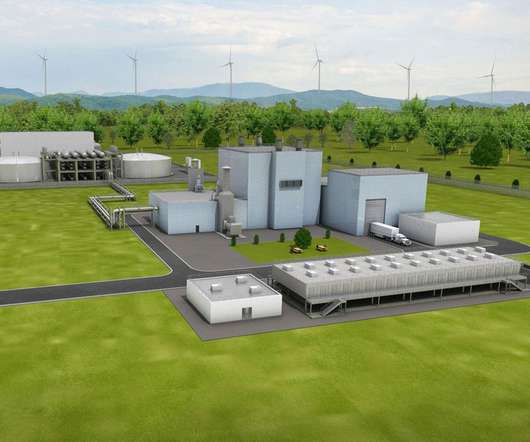Converting Coal Power Plants to Nuclear Gains Steam
Cars That Think
SEPTEMBER 27, 2022
On a planet aspiring to become carbon neutral, the once-stalwart coal power plant is an emerging anachronism. It is true that, in much of the developing world, coal-fired capacity continues to grow. But in every corner of the globe, political and financial pressures are mounting to bury coal in the past.















Let's personalize your content